Here is a compilation of images of heritage sites in Hampi, made during my two visits to the place this year. In these visits, I attempted to go beyond merely documenting the temples, but tried looking for new angles and perspectives to capture them. I must admit that the time I spent at each monument is far less than I would have liked to, to be able to do justice to their beauty. I believe that good pictures are made by continuous and patient observation, taking time to immerse oneself in the surroundings. There will be many more visits to Hampi in the coming years, where I hope to spend time finding more perspectives and unseen beauty of these monuments.
Also see my images of birds of Hampi.
Virupaksha Templs’s tower is the tallest and among the most prominent structures in Hampi. While the deities in all other temples in Hampi were desecrated at some point in time, Virupaksha Temple remained intact. This is the only places among the old temple where the lord is still worshiped. Also read the debate on why Virupaksha Temple was not desecrated, on Anu’s blog.
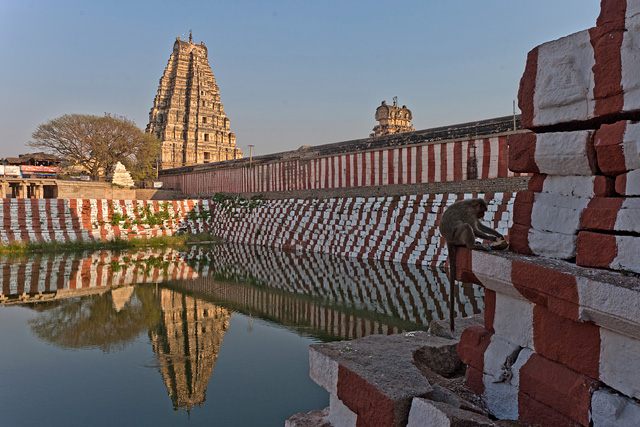
The insides of Virupaksha Temple.
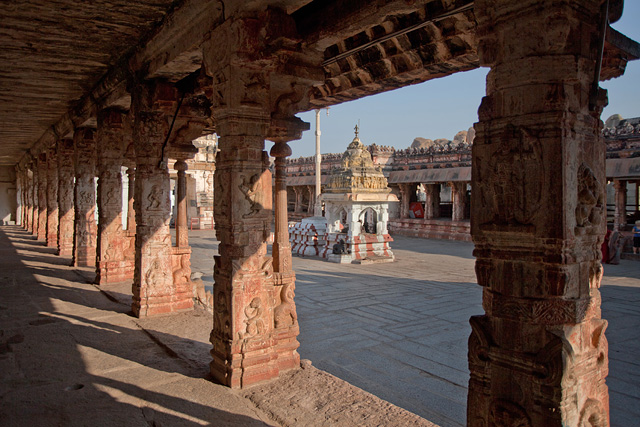
More views of Virupaksha Temple, taken from nearby Hemakuta Hill.
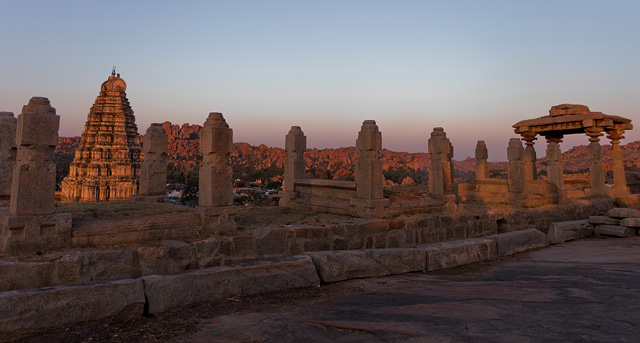
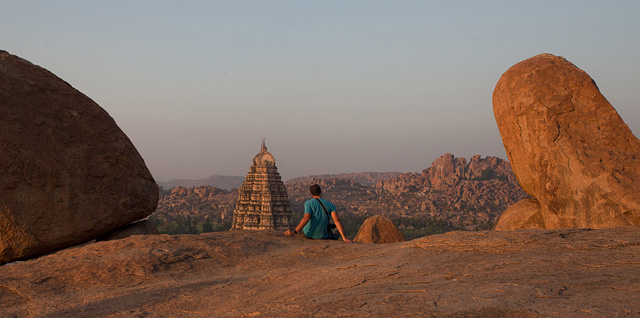
And here is how Hemakuta Hill looks from the courtyard of Virupaksha Temple. People arrive at the Hemakuta Hill in the evening hours to see the beautiful vistas of a boulder-strewn landscape and to watch the sunset. This picture was taken about thirty minutes before the hour of sunset.
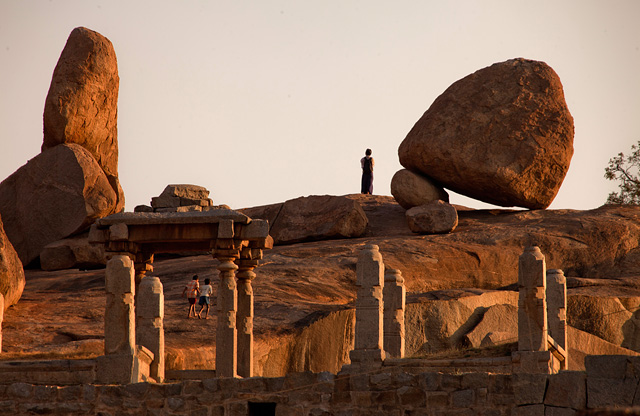
Here is a mendicant on one of the mantapas on Hemakuta Hill.
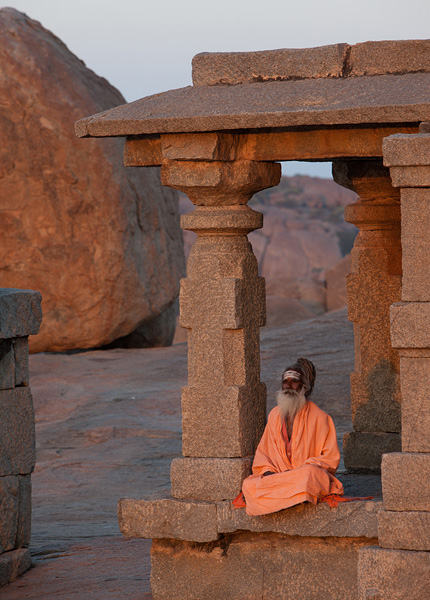
A long avenue, called Hampi Bazaar, located in front of Virupaksha Temple is said to be the place that symbolized the past riches of Hampi. This is where gold and diamonds were sold by the street side in the heydays of Vijayanagar Kingdom. Even today, a long shelter with hundreds of pillars has remained on both sides of the avenue, which once served as shops selling the riches. To the other end of the avenue is Matanga Parvata, said to be the highest point in Hampi. This mantapa is at the base of Matanga Parvata about a kilometer away from Virupaksha Temple at the other end of the avenue.
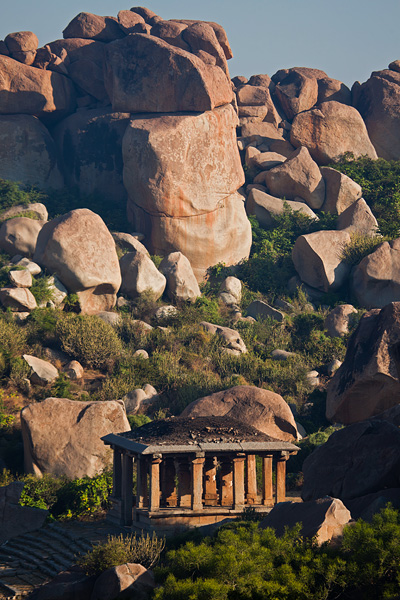
To the other side of Matanga Hill Achutaraya Temple, seen in the picture below.
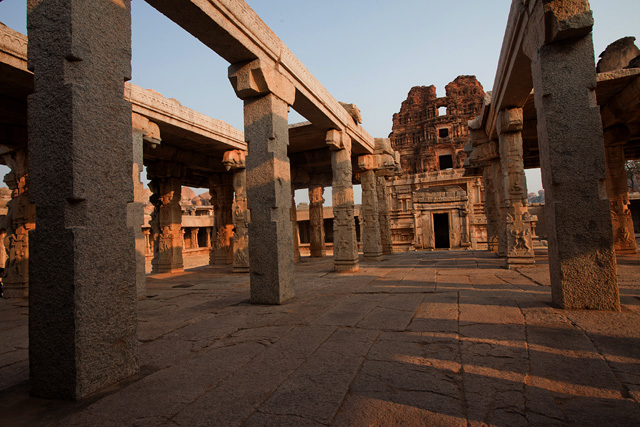
Similar to the bazaar in front of Virupaksha Temple, Achutaraya Temple also boasts of a wide and long avenue which once had shops lined on both sides. This Kalyani is at the other end of Achutaraya Bazaar.
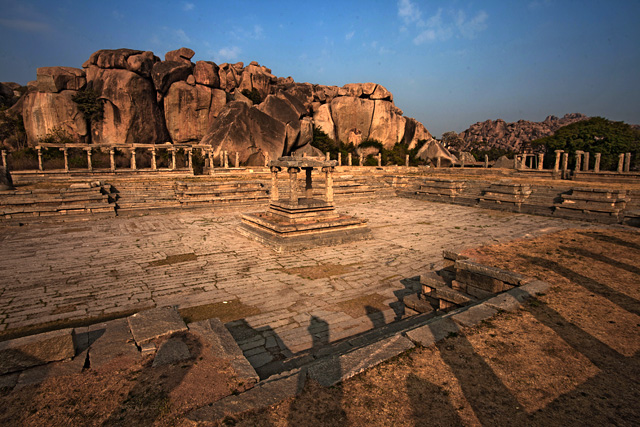
River Tungabhadra flows through Hampi, flowing close to Virupaksha Temple and the kalyani in front of Achutaraya Temple. Further, about a kilometer downstream on the bank of the river is Vijaya Vithala Temple, one of the major monuments of Hampi. It is most known for its musical pillars and a stone chariot in the temple courtyard. My personal favourite is this frangipani tree that adds a great charm to the temple premises. Thankfully, it was flowering during my last visit in February.
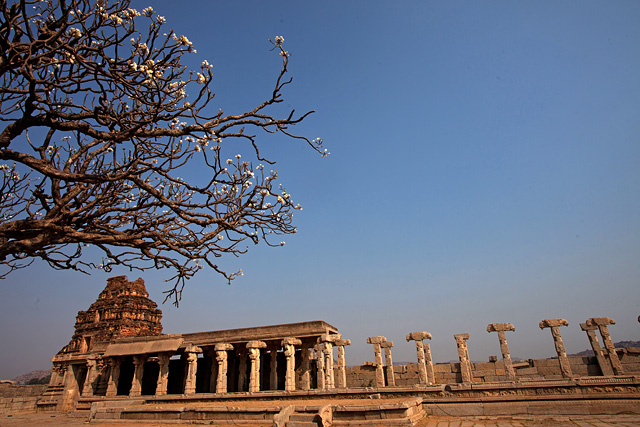
Lotus Mahal is another well-known monument in Hampi, located along with a series of sites that one can visit along with this. During my visit to the Mahal in January, we reached here just before sunset to catch the last golden rays of sun falling on the monument.
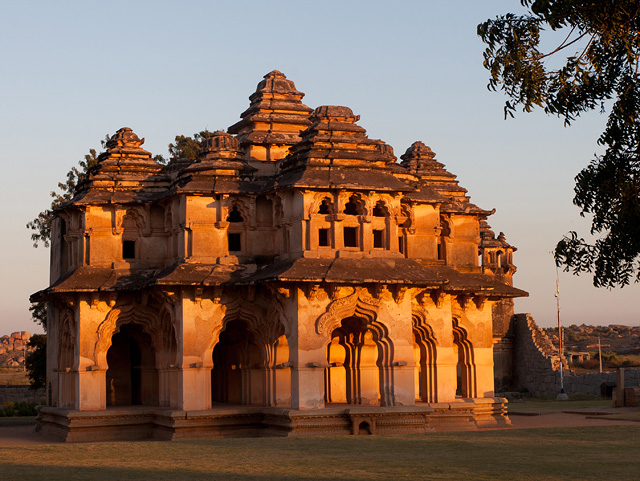
A closer look at Lotus Mahal.
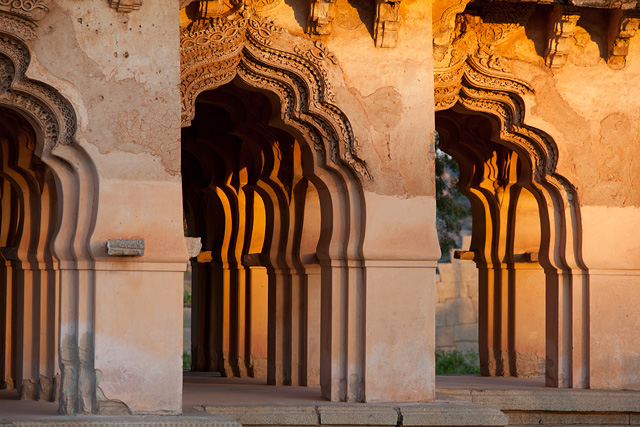
Near Lotus Mahal is a large enclosure where the royal family lived. The palace and other buildings in the enclosure do not exist any more. A large elevated platform from which the king addressed his subjects, and a series of tanks and aqueducts form the highlight of the royal enclosures. Here is a small section of a step well in the royal enclosure.
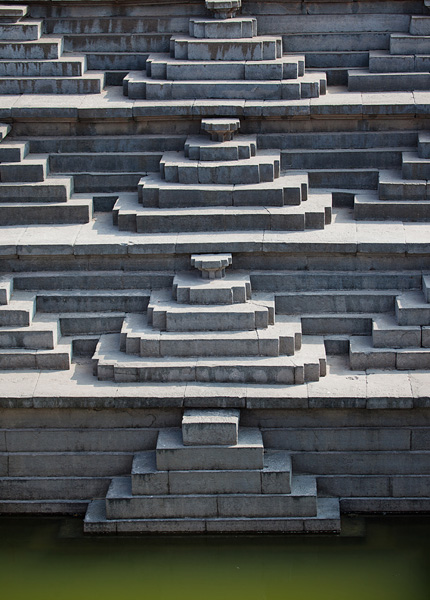
Not far from royal enclosure is the queen’s bath – a modest building with a tank in the center of it. Here is an image of the passage around the tank.
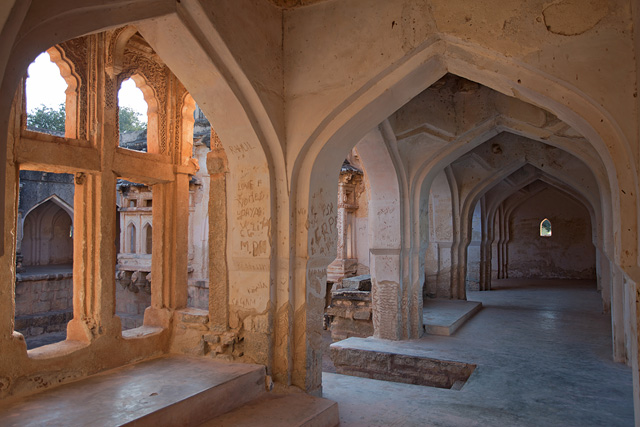
Prints of the image available. Request for prints
Hampi is well known for its heritage sites and the ruins of Vijayanagar Kingdom. But very few people go past these structures to discover the riches of Hampi. When we announced ‘Darter Many Worlds of Hampi’ Photography Tour, one of the intents was to introduce the facets of Hampi that is relatively less known to travelers. One such face of Hampi is its precious wildlife. In the two tours that we did to Hampi, we managed to capture a variety of birds – some commonly found and some very endemic to Hampi and not easily seen in other places. Here is a compilation of images of birds that I captured in Hampi during my visits in the months of January and February. Coming up in next post is images of heritage sites of Hampi.
More Information
Many Worlds of Hampi is a photography tour from Darter Photography Tours, a venture created by me and wildlife photographer Shreeram MV. We recently concluded two highly successful tours to Hampi. Our upcoming tours and workshop include
Join our facebook page to stay updated on upcoming tours and workshops.
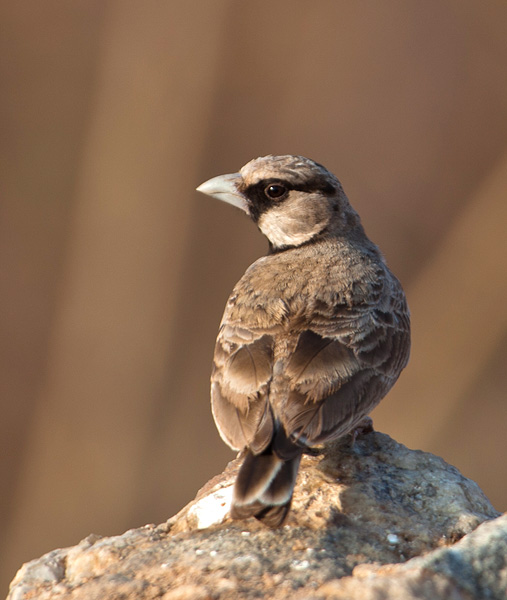
Ashy Crowned Sparrow Lark
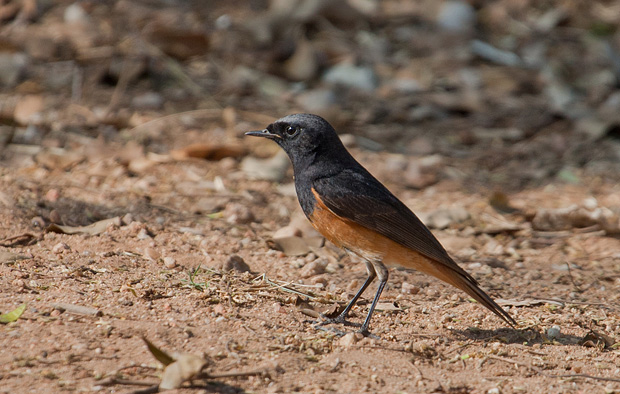
Black Redstart
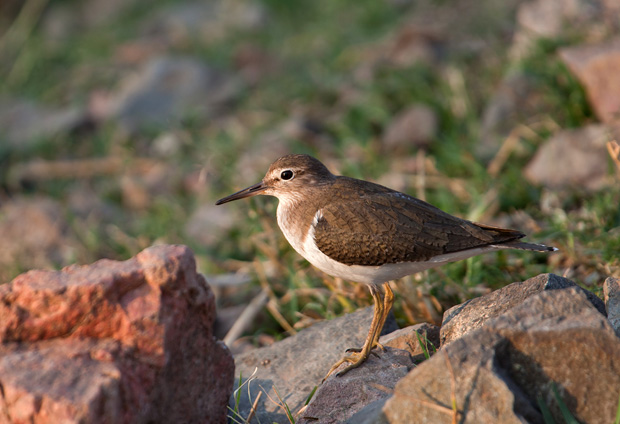
Common Sandpiper
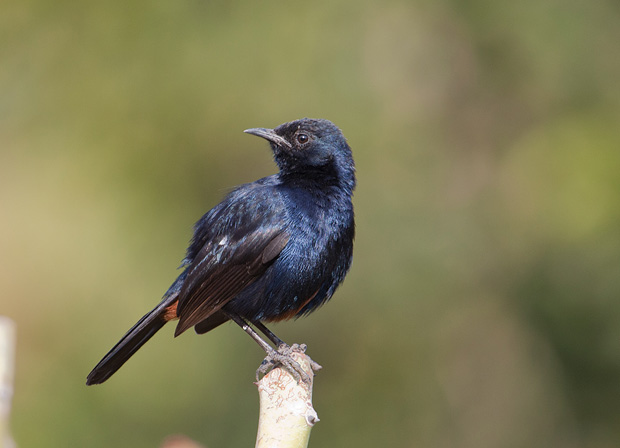
Indian Robin
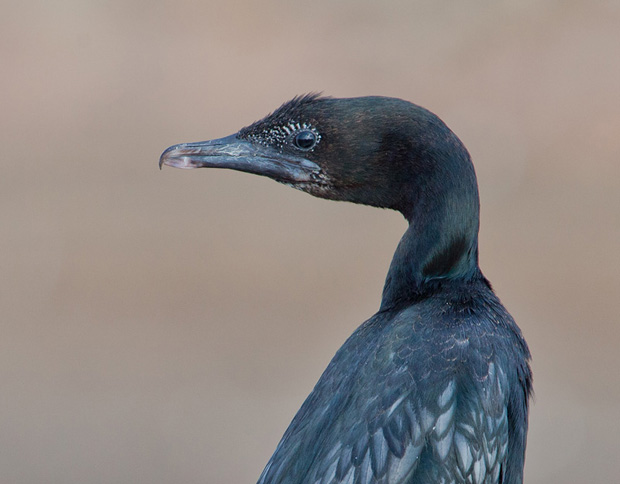
Little Cormorant
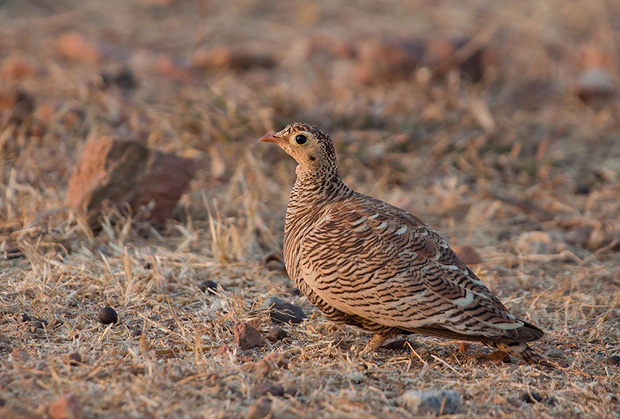
Painted Sandgrouse – female
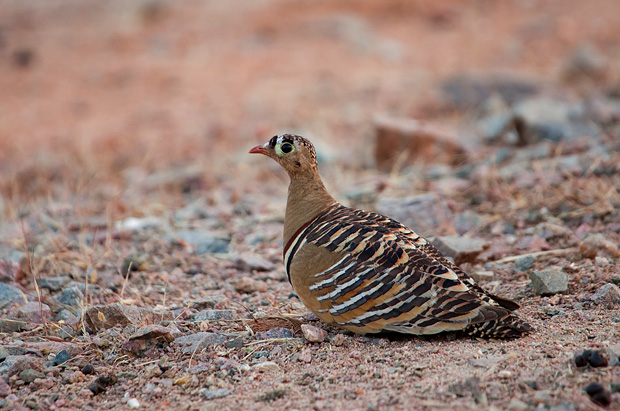
Painted Sandgrouse – Male
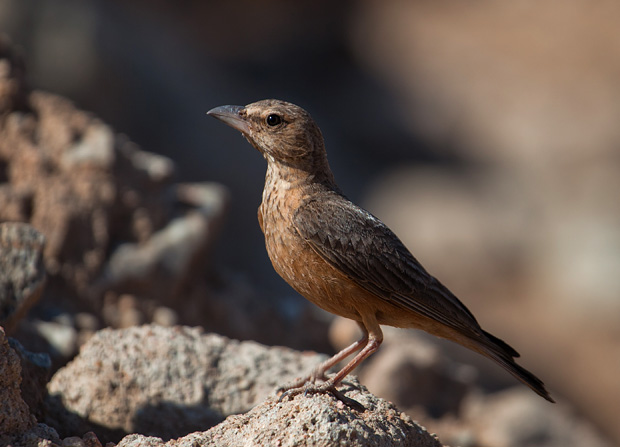
Rufous Tailed Lark
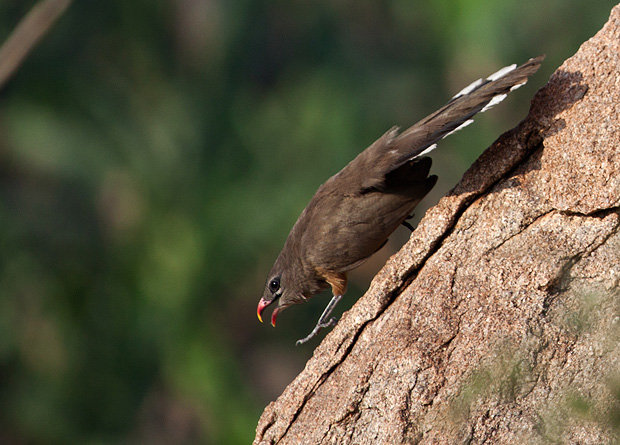
Sirkeer Malkoha
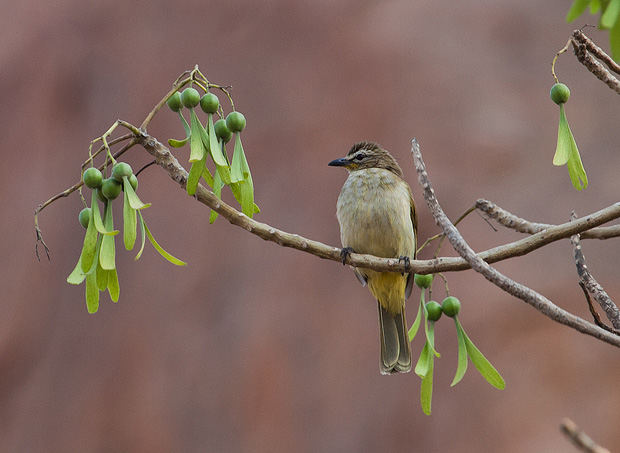
White Browed Bulbul
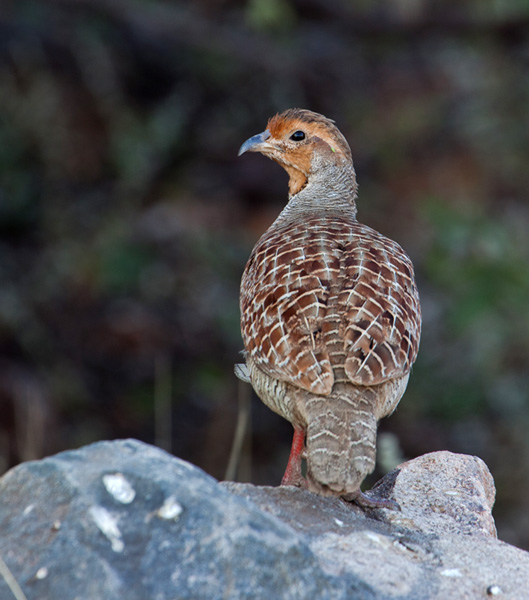
Grey Francolin
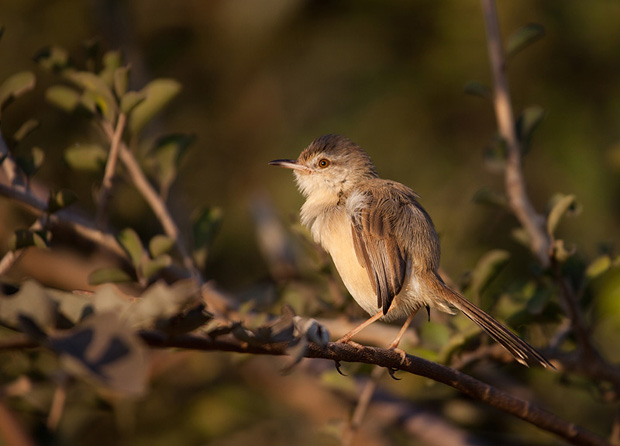
Plain Prinia
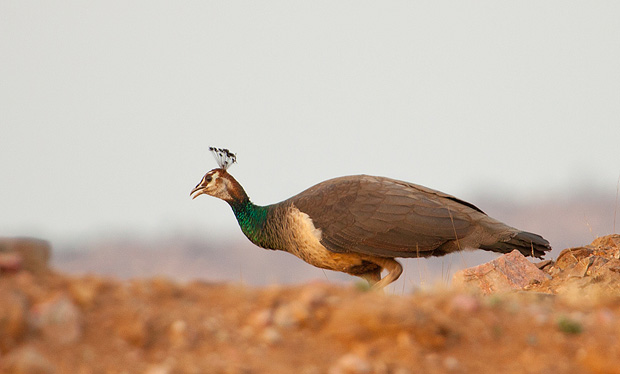
Peahen
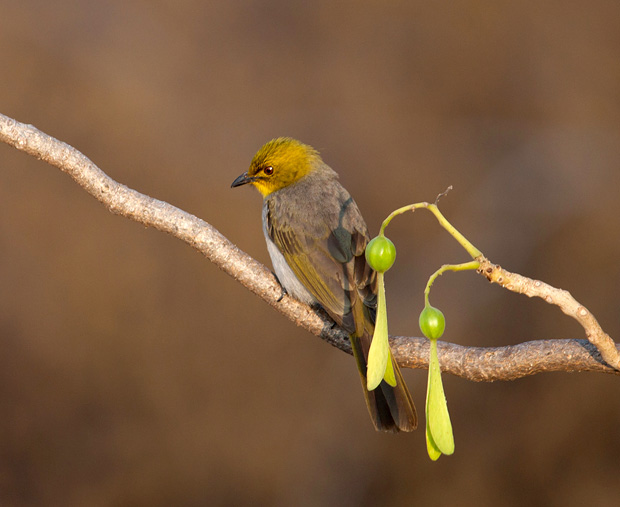
Coming up next: Heritage sites of Hampi.
Prints of the image available. Request for prints
This post is part of a series on ‘Walks in India‘.
Place: Hampi
Highlights: Sunrise from Matanga Parvatha, Vithala Temple, Coracle Ride, Ancient City of Vijayanagara and Virupaksha Temple.
Season: November to February, when the sunrise it most colourful.
Map. This is an interactive map of the walk. Zoom in to get a closer look.
The Walk.








Hampi is split into two walks, one in the morning hours and one in the evening.
Morning Walk.
Distance: Approximately 3km
Time of the day: Morning – 5.30am to 10am
Difficulty: Moderate
The walk starts early in the morning to include watching sunrise in the itinerary. Begin the walk by climbing the hill – Mathanga Parvata. The climb can take some effort, but is rewarding. Rough Guide calls it the most beautiful sunrise in the world, and Lonely Planet does not make any effort to hold back praises. The view of sun coming out from behind the rocky hills seems almost surreal, it is something to die for.
Matanga Parvata is probably the tallest hill in Hampi and has a 360 degree view. There is the charming river to north flowing amidst neatly arranged boulders. To the south is Viroopaksha temple standing tall. Look anywhere and you will see rocky hills covered with loosely held boulders or vast vistas of plantain farms.
Take your time on Mathanga Parvatha and enjoy the views. When you get down, head to the Bazaar and into the Viroopaksha temple. This is the only temple where a deity is worshiped, though Hampi is a town where you are sure to knock into a temple before you walk for five minutes in any direction. Don’t forget to buy Bananas at the entrance and feed it to the temple elephant Laxmi with your own hands.
Come out of the temple and head to Mango Tree Restaurant for a breakfast. The walk to the restaurant takes you along the river where you can watch boats taking people to the other side, and people bathing or washing clothes. The restaurant itself is right on the bank of the river, inside a plantain orchard.
Get to the other end of the Bazaar after breakfast and walk towards the river. Take a coracle ride from the river to Vithala temple. Boatmen claim the water here to be 50 feet deep. Flow of the river has made some interesting carvings on the rocks that are worth seeing. A small Mantapa on the opposite bank can only be reached by coracles.
Get down from the Coracle and walk to Vithala temple. The temple is a UNESCO world heritage monument, and is known for a stone chariot in its courtyard and musical pillars. You will have to be happy to see the pillars though, as touching them is not permitted.
From Vithala temple, take the bridle path that runs through the King’s Balance and return to Bazaar to end the walk.
Evening Walk.
Distance: Approximately 4km
Time of the day: Evening – 3.30pm to 6.30pm
Difficulty: Easy
This walk takes you through ancient ruins and temples of of Hampi.
Start from The Queen’s Bath, which is at one end of a series of monuments. Follow the signs put up by Archeological Department, and walk though the series of ancient structures comprising Hazaara Rama Temple, Underground Shiva Temple(Patalalinga Temple), Mahanavami Dibba, Elephant’s Stables and Lotus Mahal. Come back to the main road from here, and walk towards the Bazaar. Before reaching Hemakoota Parvata, a small deviation from the main road will take you to Laxminarasimha statue and Badavi linga. Walk further and visit Krishna temple, your last temple visit for the day. A short climb from here will take you to Hemakoota Parvatha. Sit and relax here and watch the sunset.
++More about Hampi on paintedstork.com
* Hampi Trip Report
* Hampi Utsava
* Spending time leisurely in Hampi
* An encounter with a hermit
* Hampi Images



































